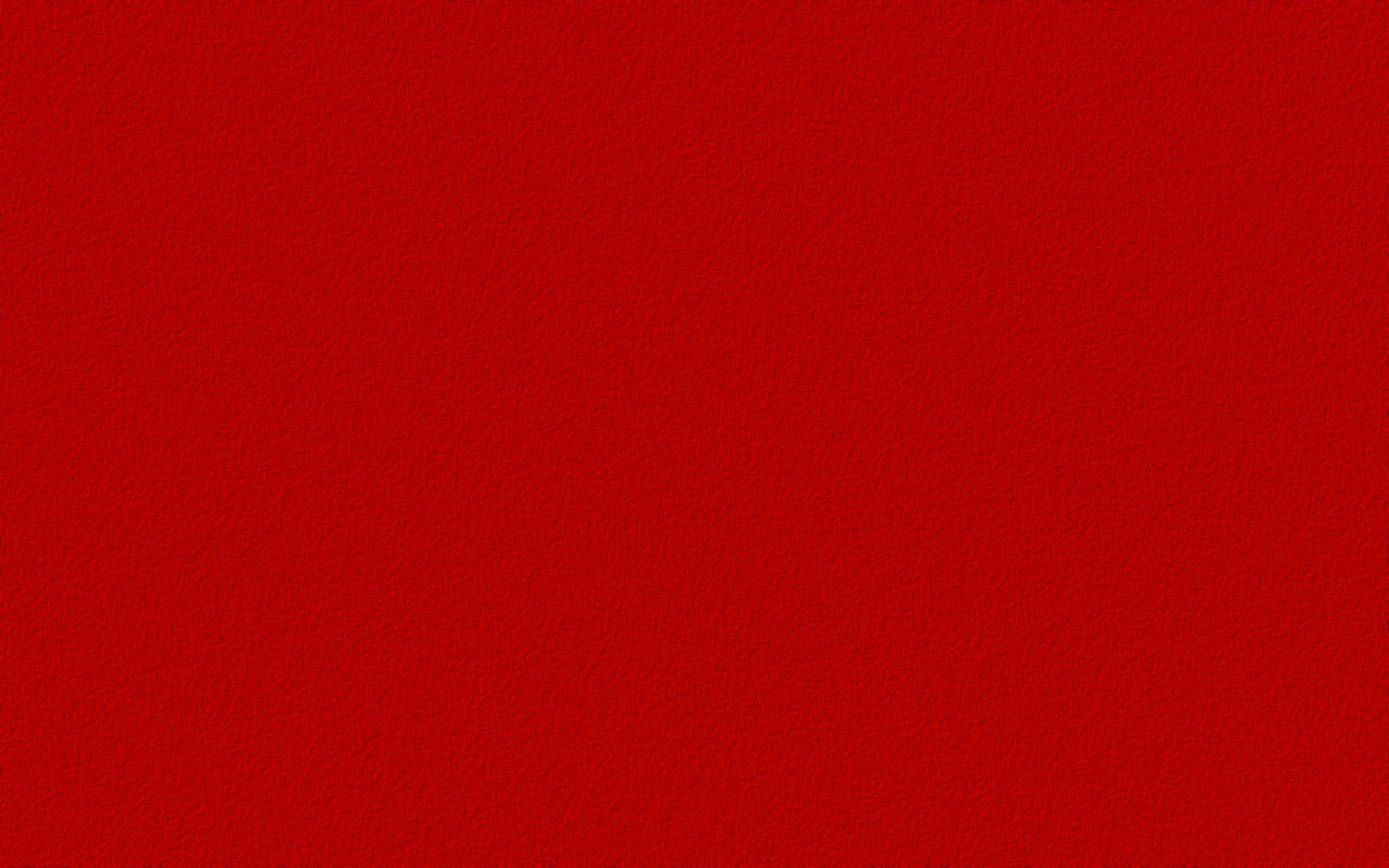Have you ever stopped to truly think about colors? Like, really think about how they work? It's a pretty interesting question, what happens when red and green come together. You might have tried mixing paints before, or maybe you've seen lights combine, and the results, well, they can be quite different. This question, "red and green make what color," actually opens up a whole conversation about how we see the world and how light itself behaves. So, it's almost a little journey into the science of sight and, you know, just how vibrant our surroundings truly are.
People often get curious about color because it’s everywhere, right? From the bright red of an apple to the deep green of a forest, colors are a huge part of how we experience things. But how those colors actually get made, or what happens when they meet, can be a bit of a puzzle. This is especially true when you start thinking about light versus physical things, like paint. There's a lot to unpack there, and it’s actually a very common thing to wonder about, especially if you’re into art or just, you know, curious about how things work.
So, let's get into it and clear up some of that color confusion. We’re going to look at what happens when red and green light mix, and then we’ll also talk about what happens when you mix red and green paint. These are two really different processes, and understanding them helps explain a lot about how colors are made, and, in a way, why things look the way they do. It’s pretty fascinating, and we'll break it down so it makes good sense, honestly.
Table of Contents
- The Basics of Color: How We See It
- Mixing Light: Additive Color
- Mixing Paints: Subtractive Color
- The Impact of Proportions
- Can You Make Primary Colors?
- Frequently Asked Questions About Color Mixing
- Bringing It All Together
The Basics of Color: How We See It
To really get a grip on what color red and green make, it’s helpful to understand a bit about how we even see color in the first place. The theory of color is quite complex, you know, but this is the basic reason something red, be it a shirt or an apple, looks red. Objects don't actually "have" color in themselves; rather, they reflect certain wavelengths of light and absorb others. What we see as a color is the light that bounces off an object and hits our eyes. It's like, a very cool trick of light and our vision, really.
Our eyes have special cells, you know, that are sensitive to different parts of the light spectrum. When light, which contains all colors, hits an apple, the apple basically soaks up most of the colors but reflects the red light back to us. That red light then goes into our eyes, and our brain interprets it as "red." It’s a pretty neat system, and it's what allows us to see all the different hues around us, actually.
This idea of light bouncing off things is, in a way, key to understanding why mixing light is so different from mixing paint. One is about adding energy, and the other is about taking it away, more or less. It’s a subtle but really important distinction that, you know, makes all the difference when we talk about what colors combine to make what.
Mixing Light: Additive Color
When we talk about mixing light, we're getting into something called "additive color mixing." This is where you add different colors of light together, and the result is always a lighter color, or, you know, more light. It's a bit like shining different flashlights onto the same spot. The more light you add, the brighter that spot gets. This is how screens work, like your TV, phone, or computer monitor, actually.
The main colors used in additive mixing are, quite simply, red, green, and blue. These are often called the primary colors of light. When you mix red, green, and blue light together, you get white light. It's like a beautiful rainbow coming together in one bright spot. This is a pretty fundamental concept in how our digital displays create all the colors we see, and it's, in a way, very clever.
So, when you see a white screen, it's not just one color; it's actually a combination of tiny red, green, and blue lights all shining together. It's pretty amazing how that works, and it’s, you know, a testament to how light functions.
What Are the Primary Colors of Light?
The primary colors of light are red, green, and blue. These three colors are special because, you know, you can't make them by mixing any other colors of light. They are the fundamental building blocks for creating almost any other color you can imagine when it comes to light. It's a bit like they are the original colors, the ones you start with, so to speak.
When red, green, and blue light are mixed in different proportions, you can produce any other color of light. For example, if you mix red light and green light, you get yellow light. Mix red light and blue light, and you get magenta. And if you mix green light and blue light, you get cyan. It’s a pretty neat system, and it allows for a huge range of colors to be created, you know, just by playing with these three.
No other combinations of light can be mixed to make red, green, or blue light. They are, in a way, the foundational elements of the additive color system. This is a key point to remember when thinking about how light colors combine, and it’s, you know, pretty straightforward once you get the hang of it.
Red and Green Light: What Happens?
Now, to the heart of our question: what color do red and green make when we're talking about light? When a red light and a green light are combined, the color you get is yellow. Yes, that’s right, yellow! It might seem a little surprising if you're used to mixing paints, but with light, that's exactly what happens. It's a very bright and vibrant yellow, too, actually.
This happens because red and green light, when added together, stimulate the red and green cones in your eyes more or less equally, and your brain interprets that combined signal as yellow. It’s a pretty cool optical effect, and it’s why you see yellow on your TV screen, for example, even though there aren't any actual yellow lights in there. It's just red and green pixels shining together, you know.
So, if you're ever setting up stage lights or working with digital displays, remember that red and green light don't make brown or anything dark. They combine to create a much lighter, often very cheerful, yellow. It’s a fundamental part of how light works, and it’s, in a way, quite simple once you know the rule.
Mixing Paints: Subtractive Color
Now, let's switch gears and talk about mixing paints, or pigments, as they're also called. This is a completely different process from mixing light, and it's known as "subtractive color mixing." Instead of adding light, you're actually taking light away. Paints work by absorbing certain colors of light and reflecting others. When you mix paints, they absorb even more light, and the result tends to be a darker color. It's like, you know, each paint takes a piece of the light away, and what's left is what you see.
The primary colors for subtractive mixing, the ones you typically learn in art class, are usually red, yellow, and blue (RYB). Or, in printing, it's cyan, magenta, and yellow (CMY), sometimes with black (K) added for deeper tones. When you mix these primary pigments, you typically get darker colors, eventually leading to black if you mix them all together in the right proportions. It's a very different system from light, and it's, in a way, about what's left over.
This is why, you know, your art teacher probably taught you different rules for mixing colors than what you might see on a computer screen. Both systems are correct; they just describe different ways colors interact with light, actually.
Why Paint is Different from Light
The main reason paint mixing is different from light mixing is because of how they interact with light. Light sources emit light, adding to the total amount of light present. Paints, on the other hand, are pigments that absorb light. When you mix paints, each pigment absorbs specific wavelengths of light. The color you see is what's left over, the wavelengths that weren't absorbed. So, you know, it’s about what gets taken away.
For example, a red paint looks red because it absorbs most colors but reflects red light. A green paint absorbs most colors but reflects green light. When you mix them, the combination of pigments absorbs even more of the light spectrum. The red pigment absorbs green and blue, and the green pigment absorbs red and blue. What's left to reflect? Not much, really. It’s a pretty simple concept, but it makes a big difference, honestly.
This is why, you know, when you mix paint, you tend to get darker, duller colors, whereas mixing light makes things brighter. It’s a very fundamental difference in how these two color systems operate, and it’s, in a way, what makes them so interesting to study.
Red and Green Paint: What You Get
So, what color do red and green paint make when mixed together? Unlike light, where they make yellow, mixing red and green paint typically results in a brownish color. It’s not usually a very vibrant brown, but more of a muddy, dull shade. The reason why green and red paint turns brown is because you've overloaded the paint with pigments. It's absorbed so much over every color that it can't display yellow or white, but your... it ends up looking, you know, pretty muted.
When red and blue plus green is combined, it creates a somewhat brown color in which has little black but not a lot. This happens because the red pigment absorbs green and blue light, and the green pigment absorbs red and blue light. What little light is left to reflect is a mix of wavelengths that our eyes interpret as brown. It’s a bit like, you know, all the colors are getting soaked up, and not much is left to shine through.
The exact shade of brown can vary a lot, depending on the specific red and green paints you use, and, you know, how much of one color you put in. Some might lean more towards a reddish-brown, others a greenish-brown. But generally, it's not a color you'd typically aim for unless you're specifically trying to create a drab, earthy tone. It’s a pretty common outcome, actually, when mixing these two pigments.
The Impact of Proportions
Whether you're mixing light or paint, the amount of each color you use really matters. And it somewhat depends on how much of one color you put. This is especially true with paint, where even a slight change in the ratio can drastically alter the final shade. If you add just a little bit more red to your green paint mix, you’ll get a different brown than if you added more green. It’s a very hands-on process, and it requires a bit of, you know, trial and error.
With light, while the primary combinations are fixed (red + green = yellow), varying the intensity of each light source can also change the resulting hue. For instance, if you have a very bright red light and a dim green light, the resulting yellow might lean a bit more towards orange. It's a pretty subtle effect compared to paint, but it's there, honestly.
So, whether you're an artist or just curious about light, remember that proportions play a huge role in the final color outcome. It's not just about what colors you mix, but also, you know, how much of each you include. This is a pretty important detail, actually, for getting the color you want.
Can You Make Primary Colors?
A common question people have about color mixing is whether you can make the primary colors themselves. Technically, you can't make red. It is a primary color in the process of color creation by passing light through the result. You can't make primary colors by mixing 2 other colors, whether we're talking about light or pigments. They are, by definition, the foundational colors that other colors are built from. It's like, you know, the starting point, the very first colors.
For light, red, green, and blue are the primaries, and no combination of other lights will create them. For pigments, red, yellow, and blue (or cyan, magenta, yellow) are the primaries, and you can't mix other paints to get them. This is a pretty consistent rule across both additive and subtractive color systems. It's a very basic principle, and it's, in a way, what makes them "primary."
So, if you're ever trying to create a pure red, green, or blue, you'll need to start with those specific colors. You can't just mix something else together and expect to get them. It’s a pretty important concept for anyone working with color, actually, and it's, you know, pretty straightforward.
Frequently Asked Questions About Color Mixing
What are the primary colors of light?
The primary colors of light are red, green, and blue. These are often called RGB. When you mix all three of these colors of light together, you get white light. It's pretty cool how that works, honestly, and it's how your TV screen makes all its colors.
Why do paint colors mix differently than light colors?
Paint colors mix differently than light colors because they operate on different principles. Light mixing is "additive," meaning you add light wavelengths together to create brighter colors. Paint mixing is "subtractive," meaning pigments absorb light wavelengths, and the color you see is what's left over. When you mix paints, they absorb more light, resulting in darker colors. It’s a very fundamental difference, you know, in how they interact with light.
Can you make red or green by mixing other colors?
No, you cannot make red or green by mixing other colors, whether you are talking about light or paint. Red and green are considered primary colors in their respective systems (red and green are primary for light; red is primary for paint, while green is a secondary paint color made from blue and yellow). Primary colors are fundamental and cannot be created from other colors. It’s a pretty important rule, actually, in color theory.
Bringing It All Together
So, when you ask "red and green make what color," the answer really depends on whether you're talking about light or paint. With light, red and green combine to create a vibrant yellow through additive mixing. It's how your screens work, and it's a very bright outcome. With paint, however, red and green pigments mix to form a somewhat muddy brown through subtractive mixing. This is because the pigments absorb most of the light, leaving a duller shade behind. It’s a pretty clear distinction, you know, once you understand the science behind it.
Understanding these two distinct color systems, additive and subtractive, helps us appreciate the complexity and beauty of color in our world. From the dazzling displays of our devices to the rich hues of a painting, color is a fascinating subject. It's a pretty common question, and it's, in a way, a gateway to understanding more about how we see everything around us. For more fascinating insights into how colors interact, you might want to explore the concept of complementary colors, for instance, which can also yield surprising results. You can learn more about color theory basics on our site, and even check out this page how blue and yellow make green for another interesting color combination!
This knowledge can be pretty useful, whether you’re an artist, a designer, or just someone who enjoys understanding the world a little better. The next time you see a red and green combination, you'll know there's more to it than meets the eye. It’s a very cool bit of science, and it’s, you know, pretty neat to think about, especially on a sunny day in June 2024.



Detail Author:
- Name : Ubaldo Witting
- Username : lucienne81
- Email : cbosco@gmail.com
- Birthdate : 1984-10-24
- Address : 18767 Lynch Fords Suite 255 Adellachester, MN 84214
- Phone : 541-927-6413
- Company : Krajcik, Schmeler and Kuphal
- Job : Interpreter OR Translator
- Bio : Et nesciunt et ut sequi officiis eaque. Pariatur quia fuga nemo laboriosam rerum ut. Accusantium autem quia at ut neque ex enim.
Socials
instagram:
- url : https://instagram.com/shyanne.spinka
- username : shyanne.spinka
- bio : Deserunt vel soluta autem qui. Debitis ut quo accusantium dolorum. Numquam id vel dolorem.
- followers : 3326
- following : 124
tiktok:
- url : https://tiktok.com/@spinkas
- username : spinkas
- bio : Voluptatem dolores et occaecati maiores mollitia.
- followers : 4943
- following : 48
linkedin:
- url : https://linkedin.com/in/shyanne.spinka
- username : shyanne.spinka
- bio : Illo expedita et qui odit at minima.
- followers : 1025
- following : 346
facebook:
- url : https://facebook.com/shyanne.spinka
- username : shyanne.spinka
- bio : Et voluptates libero quasi aut provident cupiditate qui.
- followers : 6180
- following : 2809
twitter:
- url : https://twitter.com/shyanne_real
- username : shyanne_real
- bio : Corporis quo repudiandae esse voluptatibus maiores voluptas error rerum. Nisi rem eum et animi ea. Impedit repellendus quisquam rerum non.
- followers : 1939
- following : 765

